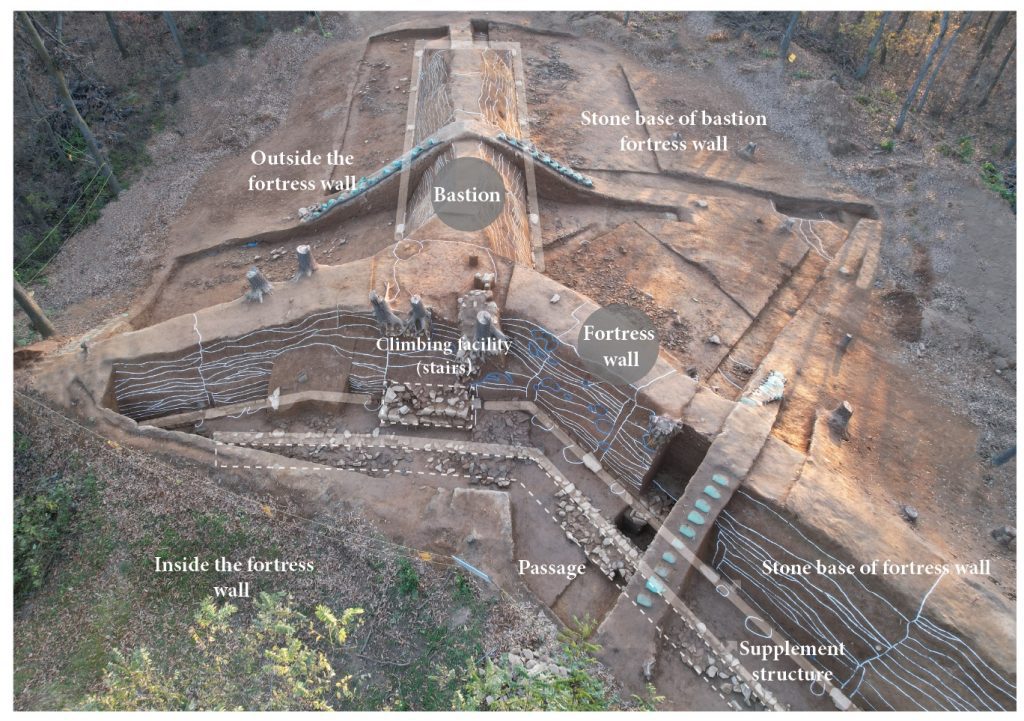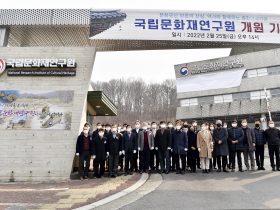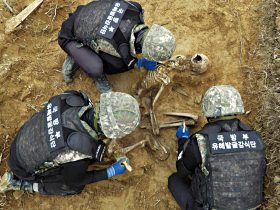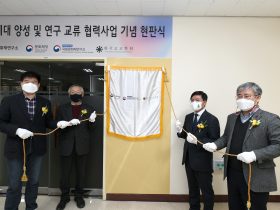The Ganghwa National Research Institute of Cultural Heritage discovered a large-scale Chiseong (bastion) at the Jungseong Fortress on Ganghwa Island, off Korea’s west coast, in December.
The Jungseong Fortress is the only castle site from the Koryeo Dynasty (918-1392) in South Korea. It is one of the three fortress walls built when the Koryeo Dyanstay transferred its capital to Ganghwa during the invasion by the Mongol Empire. The Jungseong Fortress is the middle wall as ‘Jung’ means middle in Korean. The earthen fortifications surrounds the capital Ganghwa in the shape of “⊂” and the currently found fortress walls stretch up to 11.39 kilometers. The fortress is preserved in its original state the most among castle walls built when Ganghwa was the Koryeo capital from the 19th year of King Gojong of Koryeo (1232) to the 11th year of King Wonjong (1270). According to Koryeo history, the circumference of the Jungseong Fortress was 2,960 kan (traditional Korean unit of measurement in architecture, which is about two meters) and had 17 large and small gates. Chiseong refers to bastion, or a protruding walled terrace of the fortress wall, facilitating defense troops against portion of the wall projecting outward to form a walled terrace, facilitating defense for the fortress.
The newly discovered bastion is 19 meters long, 4.5-4.7 meters wide and remaining height of 1.3-2.6 meters. The institute said, “This is the biggest bastion from the Koryeo era discovered so far. The bastion is estimated to manage the traffic connecting the inside and outside of the castle and protected the gate.”
The institute found the bastion while investigating into the Daemun Hill area, along the southern walls of the Ganghwa Jungseong. The bastion was founded from near the western ridge of the current Daemun Hil road, where the castle gate is presumed to be located. The walls are installed on the low ridge above 89-91 meters sea level, alongside the peak and the eastern slope, and the large bastion produces from the wall.
The bastion was built with Panchuk (rammed earth) technique, in which rams earth and sand into place between flat panels, the same way as the main fortress walls were built. On a clay structure, wooden columns and panels make a formwork and putting different types of soil, sand and clay into the frame and stamping them down hard to strengthen. Around the bastion, a variety of artifacts were unearthed including Giwa (roof tiles), a Munhwakseok (rock holding the gate) and cornerstones.
The Ganghwa National Research Institute of Cultural Heritage said the discovery is a meaningful achievement in speculating the structure and operation method of the fortress.









